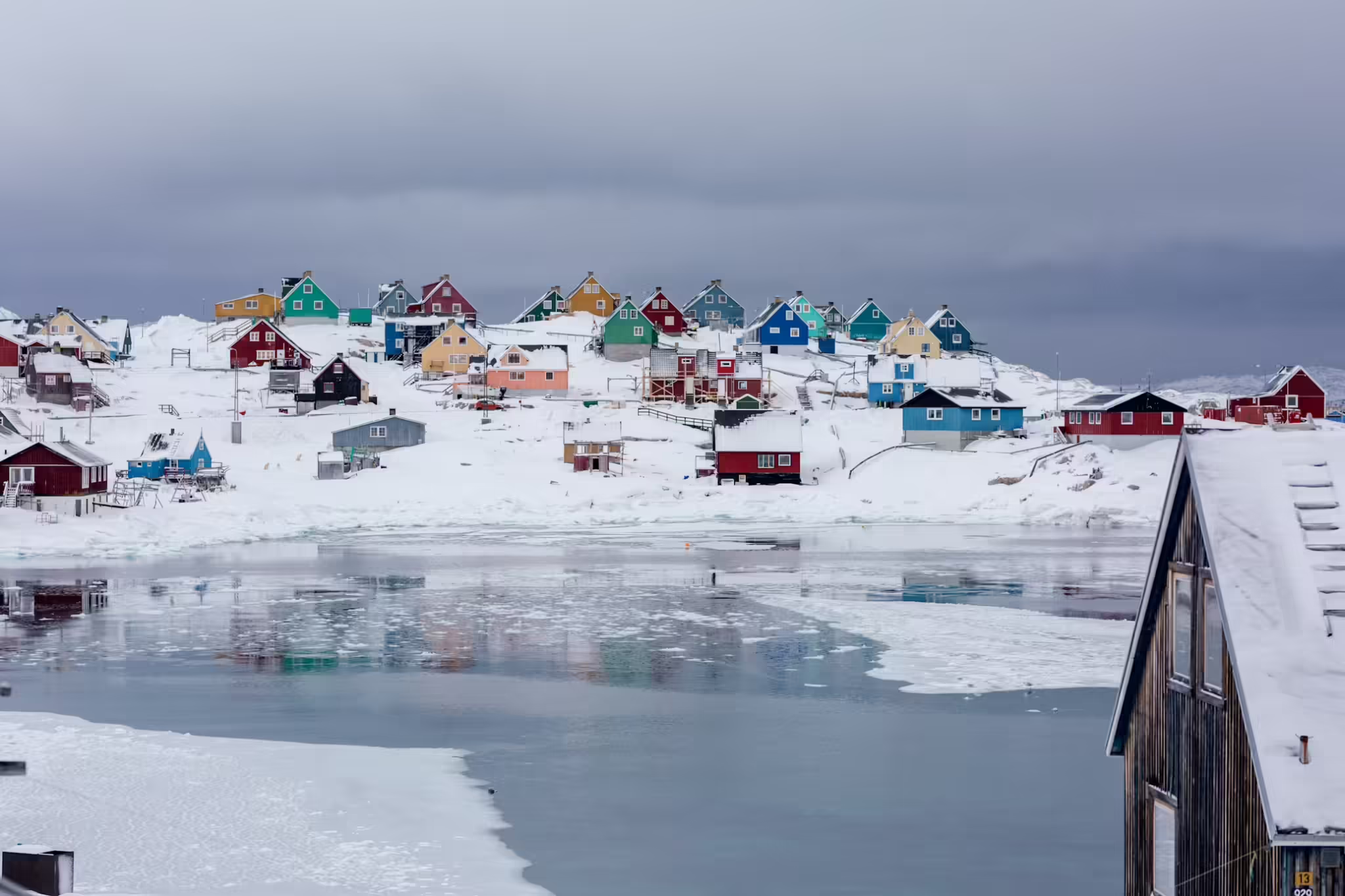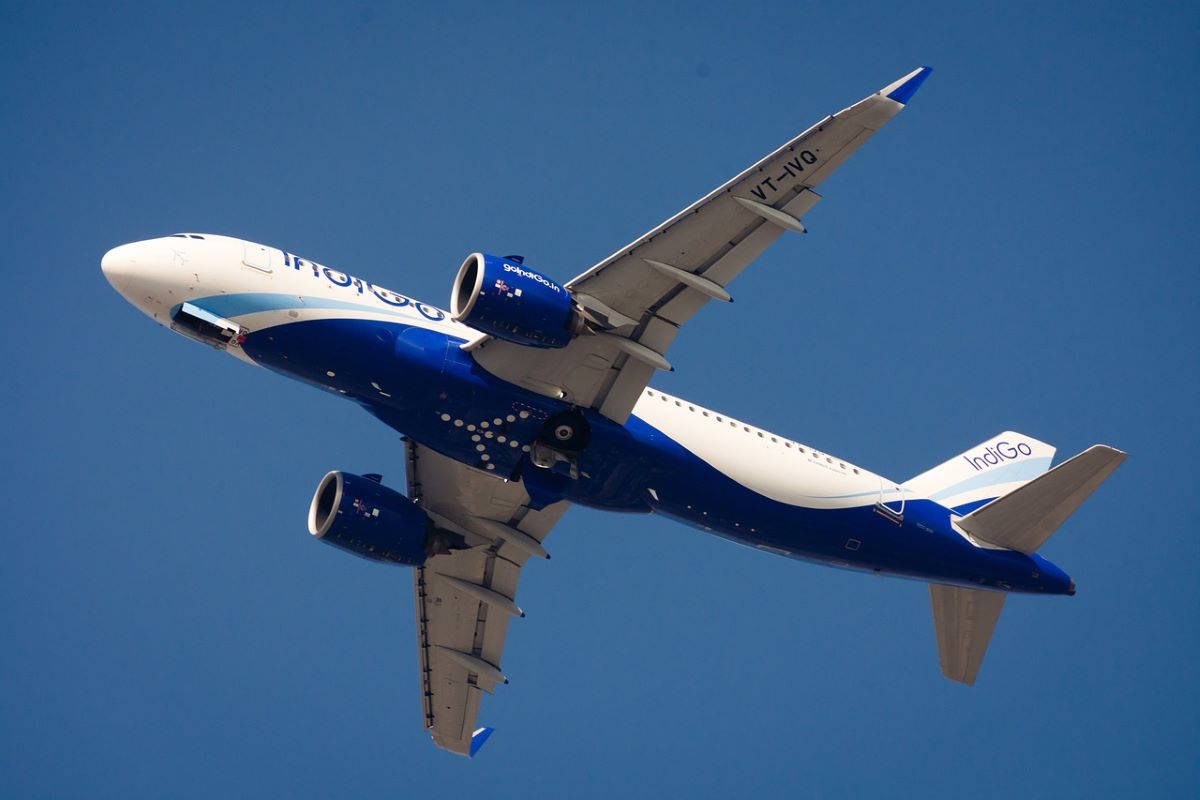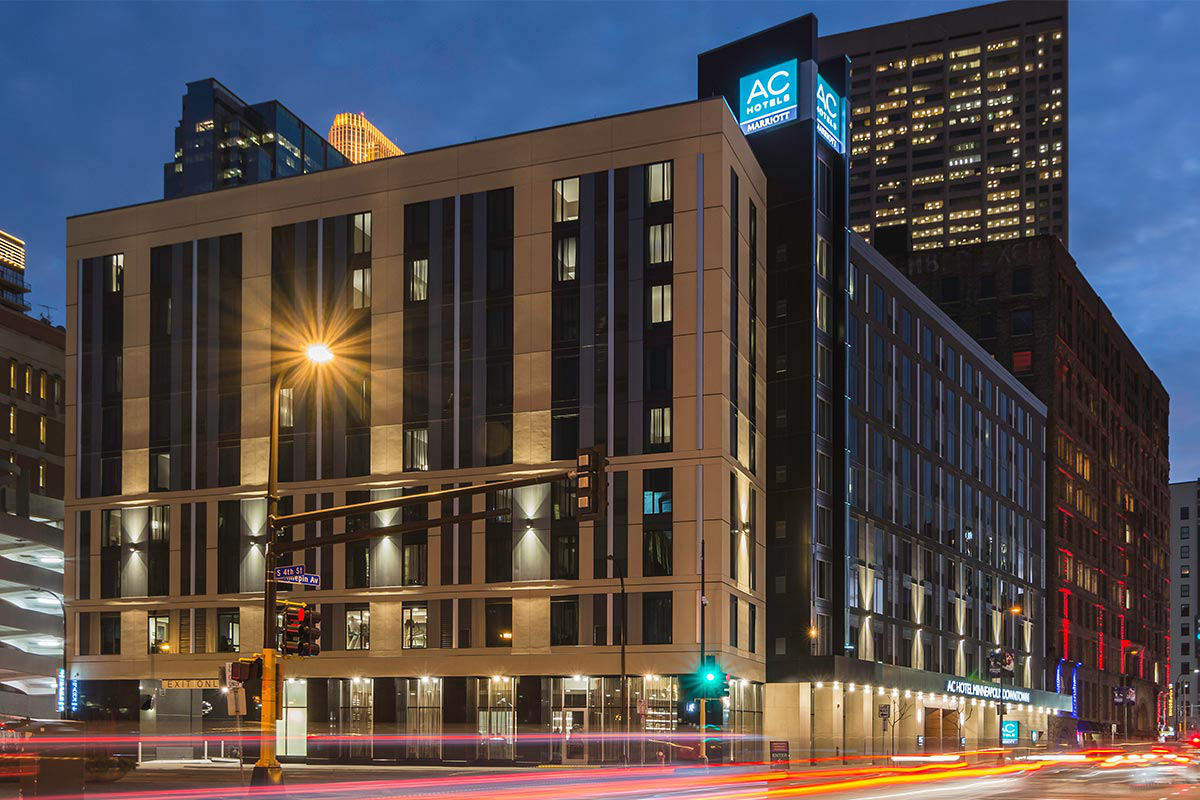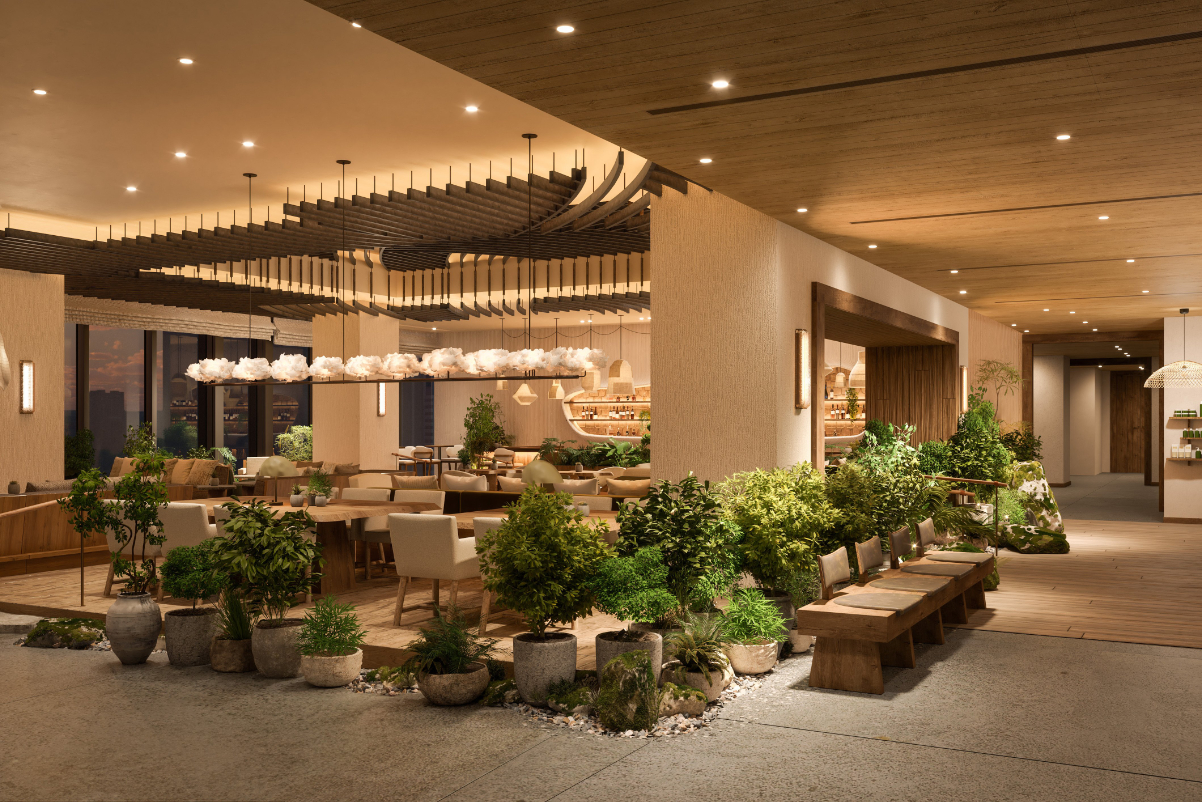Mogadishu has some stability and a beautiful coastline -- will tourists come?
Skift Take
Landing at the international airport in Mogadishu, our plane skims the glittering water of the Indian Ocean where the runway is built on a white sand beach. An unbroken line of jagged white dunes rises up to meet a deep blue, cloudless sky. Welcome to Somalia, east Africa’s infamous pirate coast and one of the world’s most unlikely venues for holidaymakers.
I am here to trace the early life of Britain’s Olympic long-distance runner, Mo Farah, who was born in the city in 1983. The Mogadishu his parents knew was a cosmopolitan metropolis where people gathered in the Al-Uruba Hotel to dance. “They drank wine! And beer!,” a local hoots as we pick our way through the war-strewn ruins.
Mo and his family fled the fighting that broke out in the late Eighties and descended into civil war in 1991. Since then, two decades of anarchic power struggles between clan-based militia and Islamic groups have left hundreds of thousands dead.
Until August last year, Mogadishu was partly controlled by al-Shabaab, a group affiliated with al-Qaeda. Since African Union forces drove them out, there has been a somewhat restive peace. Kidnap and ransom, improvised explosive devices and suicide bombings are still an everyday reality in Mogadishu, and African Union troops have yet to secure outlying areas. But for the first time in 20 years, the city is under central authority and people and private investors are returning.
We are met by Bashir Osman, a Somali businessman who seven years ago opened the Peace Hotel, offering secure accommodation for aid workers and journalists.
These days the hotel is accepting a new kind of guest – tourists. The trend started in late 2010, and among those walking through the elegant courtyard of the Peace Hotel have been an intrepid British man and a glamorous young American couple. But most visitors are of Somali origin – expatriates like Mo, who fled famine and fighting to Europe, the Middle East and North America. Others are returning for good to buy land or start businesses. But visiting is not a decision taken lightly. Westerners here are still targeted by pirates and for terrorist attacks from al-Shabaab and other militant groups. The country remains firmly on the Foreign Office no-go list:
“In the southern and central regions, there is ongoing serious violence, dangerous levels of criminal activity and general internal insecurity,” it warns. “There is a high threat from terrorism throughout Somalia.”
Osman picks us up at the airport in a Land Cruiser with blacked-out windows. As we drive past the roadblock at the entrance to the nearby international compound, a pickup carrying eight armed Somali men pulls out in front of us. My companion, an experienced photographer, says his heart skipped a beat – until he realised they were Osman’s security guards.
My safety concerns quickly give way to wonder at the scale of the city’s living ruins. Mogadishu’s broad boulevards are dusty, sun-bleached, bullet-ridden and litter-strewn. The debris of warfare touches everything. However, as the very first visitors have started to return, so too has construction. We drive past one man carefully grouting every bullet hole in the white stone wall of his house. Shiny new tin roofs glint in the sun and piles of building materials gather dust in the rubble.
We drive fast, hooting at donkeys and vehicles that block the road so that Osman never need take his foot off the accelerator. Beyond the airport compound, visitors used to wear flak jackets and helmets at all times; today, a pile of flak jackets gather dust in Osman’s office. He lets us lower the windows to take photos but quickly closes them again, reminding me of where we are and what that entails.
In March this year, the inaugural Turkish Airlines flight landed in Mogadishu from Ankara, the first direct connection to Europe since 1991; flights from London to Mogadishu via Ankara now take just over 12 hours.
In addition to the Peace Hotel, next to the airport, Osman is opening the Peace Apartments in the city centre for longer-term visitors and groups. Even more ambitious are his plans for an international-standard beachside resort. Osman has purchased a 500m (1,640ft) strip of land on the sand dunes that rise up above Gezira Beach to the south of the city. He faces significant obstacles: for would-be British visitors, the Foreign Office advice against travel makes insurance hard to obtain, and, although safer than it was, no white-skinned visitor here is able to leave the airport compound without security.
The maze of narrow back streets in Mogadishu reminds me of the ill-fated US military operation in the city in 1993, when US helicopters and tanks met guerrilla gunmen fighting on home turf, resulting in the deaths of 19 American soldiers. Our car pulls up abruptly in a street wide enough for just one vehicle. Along an even narrower street, Osman stops abruptly and points past an overgrown cactus: the Black Hawk Down helicopter crash site, one of the main “attractions” of this war-ravaged metropolis.
What outsiders have not seen for years is normal life in Mogadishu. We flash past street cafés and fruit sellers where the colonial flavour is still evident – loaves of light Italian bread and cappuccinos are the staple roadside refreshments.
At the main entrance to the pure white sands of Lido Beach, the city’s most popular stretch of coast, we are met with a beach scene that is no different from many in Europe. Women sit at the base of the dunes selling home-baked bread, bananas, ice cream and cold drinks. Boys and girls play in the surf; the girls, mindless of their loose-fitting hijabs, launch themselves into the waves. Young men dominate the middle beach, playing football, buzzing up and down on mopeds, and sloping into the sea to cool off.
The first person I meet is Ibrahim, a Londoner in his twenties who is playing football with a group of friends. “We’re on holiday,” he says. It is his first visit to the city and he is staying with a group of 20 Somali expats from Britain at a local guesthouse. “We came here for the beaches,” he says, as a circle quickly forms around us.
Despite the attractions of Mogadishu’s beaches, this remains a conflict zone and Osman intends to provide visitors with full security briefings. But whatever the ethics of being a bystander in a place where human suffering confronts you at every turn, for someone with a serious interest and the money to spend ($500/£320 a day for security, plus more for private insurance), Mogadishu is an eye-opening experience.
There is no doubt that legitimate private investment in Somalia will help to draw people away from lawless pursuits.
Mohamed Ibrahim, deputy prime minister of Somalia and previously a teacher at Newman Catholic College in the London borough of Brent, longs for the day when his country can benefit from the beauty of its coastline. “Now that Mogadishu is liberated, we welcome a lot of private investors, especially in the tourist sector,” he says.
Mo Farah himself hopes the security situation will improve sufficiently to enable him to return. “I would definitely like to go back to Mogadishu one day when peace is restored,” he said.
With individuals like Osman striving to improve the city, tourism has a chance – albeit, in the long run. ![]()





